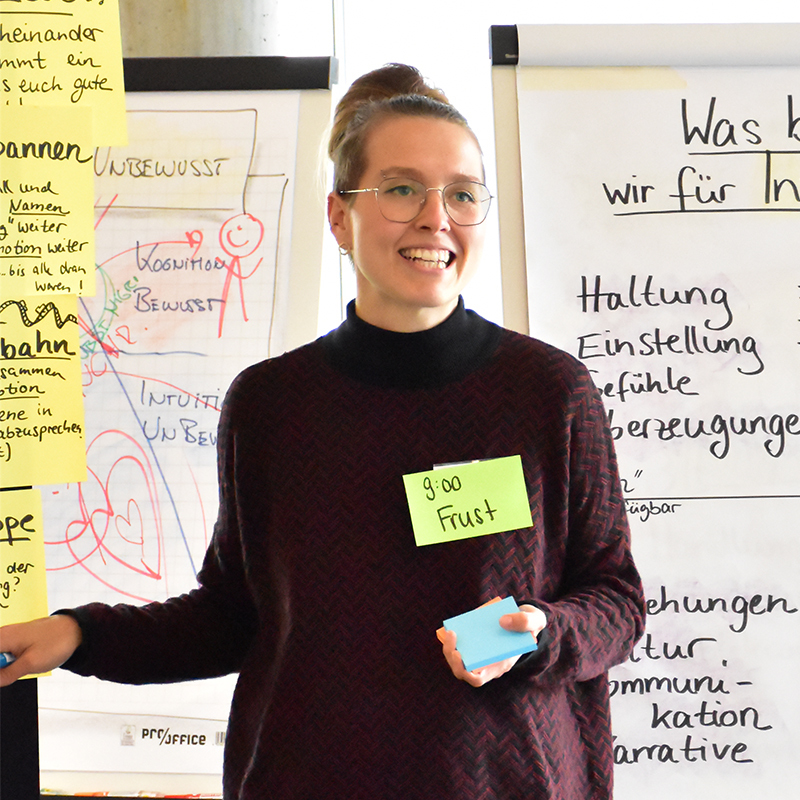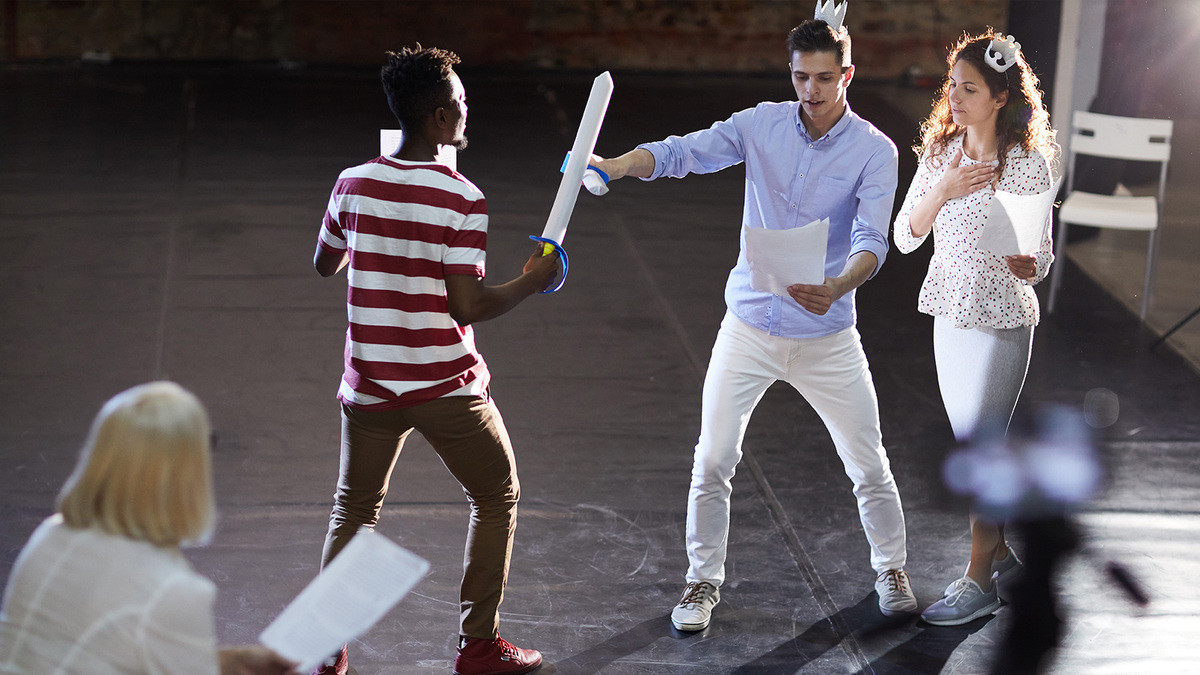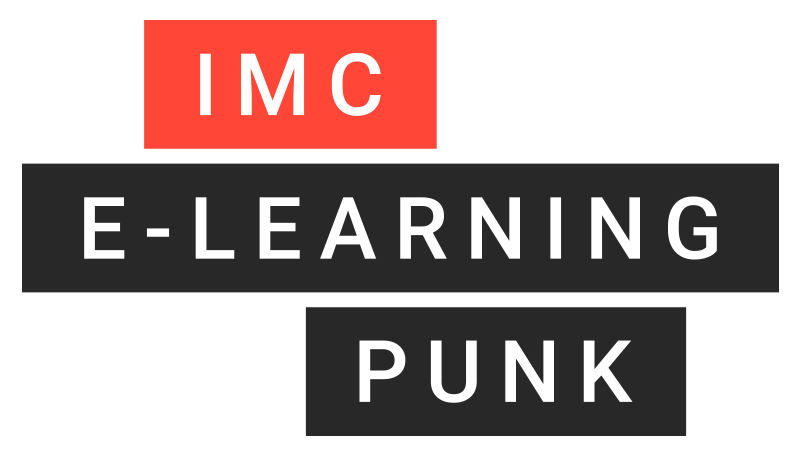
Using Improvisational Theatre for Corporate Learning
Interview with Marlene Konrad, a consultant and trainer specialising in communication, collaboration and change
The curtain is just about to go up. The actors are calming their nerves as the excitement in the audience builds. Just another “normal” day at the theatre. Except there’s no script: anything goes. This is improvisational theatre, and spontaneity is the name of the game.
Improv actors need to be constantly on their toes, ready to pivot and respond to ever-evolving situations. Working together, they juggle ideas, developing the scene as they go along. If one idea falls flat, they move on to a new one without any break in the flow of action.
The skills used by improv actors seem to align closely with what’s expected of a lot of teams in today’s corporate world. In both cases, it’s about navigating uncertainty, constantly adapting to new challenges, trusting in one’s teammates, and working together spontaneously.
If this is true, then surely it’s not too much of a stretch to use improvisational theatre techniques in corporate learning? To find out how this might work, we spoke to Marlene Konrad, a consultant and trainer specialising in communication, collaboration and change.

Change requires a willingness to learn
“For me, learning and change are two inseparable parts of the same thing,” Marlene Konrad explains. “Change in an organisation can succeed only if all employees learn something new and if they learn how to grow and develop. That’s why learning is such a key part of my work.”
Konrad studied theatre and media studies and English language and literature. She completed her practical training at Commha Consulting, where she continues to work as a consultant and trainer.

Marlene Konrad
In her work, Konrad likes to switch things up and try out-of-the ordinary approaches. She is passionate about improv theatre, for example. “Using improvisational theatre, or at least elements of it, as a training method is nothing new. It’s called applied improvisation, and it’s been around for quite a while. But I’ve developed my own personal approach because I’ve been doing improvisational theatre for a long time and have led several improv groups.” Alongside a whole range of improv-inspired projects, Konrad uses improvisational theatre techniques in two main areas.
Agile teams
The salient point here is that improvisational theatre is a team sport. “Improv theatre teams have many characteristics and skills in common with effective teams in work contexts. Hence, we can adapt a lot of improv techniques for team development and collaboration. Improv teams have to remain unfazed by extreme situations. They need to be able to navigate complete uncertainty, for example. And that’s also something that is expected of agile teams in work contexts.”
Reflection
Another key aspect of improv theatre is that it sheds light on things that would otherwise remain hidden: “Improvisation makes intangible things real. That’s why I like to use it as a tool for reflection. Improvised roleplays bring into the open things that are normally difficult to explore, such as communication, conflict, feelings and interpersonal relationships. This is hugely important in feedback training and leadership seminars, for example.”

New Work – new challenges: Tomorrow’s teams need more certainty
For Marlene Konrad, one of the greatest challenges in organisational transformation processes is to embrace flexible thinking. She explains this in terms of companies weaning themselves off rigid processes and workflows while still ensuring that their employees feel safe and secure. “Perhaps you’ve heard of ‘psychological safety’. This is where I foster in a team a sense of safety that comes from the team itself, from the interrelationships and responsibilities between the members of the team,” Konrad explains. “It’s important that this feeling of safety no longer derives from processes because processes can quickly change. So, as well as being flexible, the team needs to work on relationship building.”
Improving this sense of safety within teams is another area where improv theatre techniques can help. To be able to function as a member of an improv team, you have to be open to what’s going on around you and willing to put yourself out there as a person. “You’re thrown into a situation where you need to swing into action quickly because there’s no time to think about ‘what if’. In that situation, you need to have the confidence that you won’t make a fool of yourself if you react spontaneously. That it’s okay to mess up and fail. The art is to ‘fail well’. And that’s something that can be practised using improvisation methods.”

The “Yes, and...” thinking as an innovation booster
Ever been in a meeting and heard an idea dismissed with “yes, but...”? How might that meeting have gone differently if everyone had said, “yes, and...” and simply taken the idea and run with it?
“Yes, and ....” thinking is a key part of improv theatre, and it’s a highly effective technique in innovation processes, as Konrad knows from personal experience: “By saying ‘yes’, I start by accepting what my conversation partner is saying. I consciously avoid following that with ‘but’ because a ‘but’ can close the door to a lot of potentially good ideas. You need to keep that door open and start out by saying yes to everything. Spontaneous improvisation is a good way of explaining this principle.”
Of course, after all those yeses, the team needs to make an intelligent selection and close the meeting. “That’s another aspect that improvisational theatre is great at teaching,” Konrad explains. “When doing a scene, if you keep bouncing from idea to idea to idea, then sooner or later the audience will get bored. Hence the actors need to focus, build coherence and bring the scene to some kind of logical conclusion. By training in that, too, you can learn how to conduct brainstorming sessions and manage innovation processes successfully using the ‘yes, and...’ principle.”

Improv techniques can also be used in digital learning journeys
While taking an entire improvisational theatre performance digital might be a bit of a challenge, the learning methods involved are actually highly transferable to digital learning journeys. The only prerequisite is that all participants meet in an online session with their cameras and microphones on.
Marlene Konrad has already run numerous remote training courses and speed learning sessions using improv theatre methods. “They work really well online. The improv exercises often give rise to a certain synchronicity, or presence, between the participants that enhances the training. And that’s true online, too.”

Examples of learning with the impro method
- Role reflection
- Feedback training
- Innovation/design sprints
Konrad has now developed her improv training technique to the point where she can hold online sessions with more than 20 learners. “It actually works surprisingly well in large groups. For individual roleplays or improv scenes, you can work really effectively in breakout sessions and then reconvene the whole group to reflect and share the learnings.”
Multi-participant digital sessions can be incorporated alongside web-based training and self-learning phases into most learning journeys. That is why our experts recommend that designers consider all format options when creating digital learning journeys. It’s all about having a mix of formats because different learning formats work best with different types of content and offer different advantages. And now: Curtain up!

The Netflix Factor in Self-Directed Learning
Self-directed learning and Netflix have a few things in common! We find out what, how it can be used in companies and where the limitations lie in corporate learning.

The Power of Emotionally Intelligent Brand Training
Emotionality makes it easier for employees to identify with the brand. This identification has a positive effect on motivation and thus directly on daily work. Emotional brand training also generates brand ambassadors from within the company - both internally and externally.

Contact person
I joined the imc newsroom team in 2021. As a journalist my heart beats for content and storytelling.
I’m excited to figure out how e-learing and digitization affect the future of work. My task is to create content to talk about and I’m always looking for trends.
Privately I love to travel and eat Tapas.
Topics: E-Learning Trends, Corporate Social Responsibility, Press and Influencer Relations
